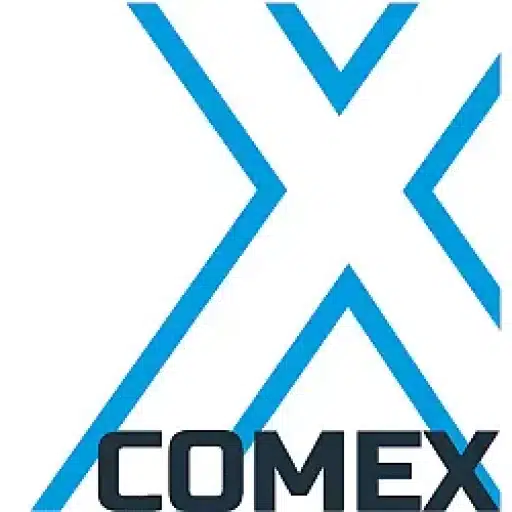+31 (0)43 30 88 400 | office@comex.eu

Why ransomware is growing and what you can do about it
Increasingly, reports of ransomware and hacker attacks on computer systems are popping up in the daily news. The victims are not minor. In December, Maastricht University was affected by ransomware and actually paid a ransom. But smaller companies and organizations are also increasingly facing this form of crime. NIS figures show that the number of data breaches in 2019 was 29 percent higher than in 2018. And there is a quarter increase in reports of ransomware attacks. Those numbers don’t lie.
More and more cloud
How is that possible? More and more organizations are using the cloud for data storage and software deployment anyway. In ten years, the virtual cloud has taken the world by storm. Cloud usage increased 40 percent last year compared to 2018. More than a third of Dutch companies now use the cloud. At the same time, it turns out that the cloud (for example, from Microsoft) in particular contains serious errors that can cause a data breach. Yes, you have to be a good hacker to use/abuse this, but at the same time, these criminals are not shy about sharing their knowledge with colleagues. The knowledge of how to penetrate a system is spreading rapidly. Moreover, the methods of attacking a system are becoming more sophisticated, and hackers have powerful computers and a variety of hacking tools. And it has been shown that there is money to be made, so hacking and ransomware are lucrative for malicious people.
Investing in security
The sum of increasing cloud use, the number of data breaches versus ransomware attacks shows the importance of investing in security against hacking and ransomware. Let’s face it: 100 percent security you will never get. Indeed, these types of attacks almost always arise from human error, such as clicking an apparently unsuspicious link. So the key is to make sure the damage is limited, and ransomware is increasing precisely because that aspect is forgotten. A large institution like Maastricht University cannot afford to be idle for weeks at a time. Then, after paying the ransom, you just have to hope that you actually get your data back and that the hacker in question did not make any copies.
Keep the damage contained
Better to pay ransom is to invest in a better storage system and the ability to create an airgap. With a ransomware-proof (offline) backup, you’re not necessarily protected against an attack on your primary data, but you do keep the damage limited and are up and running again quickly. We are happy to explain the options for your organization to get this right.


